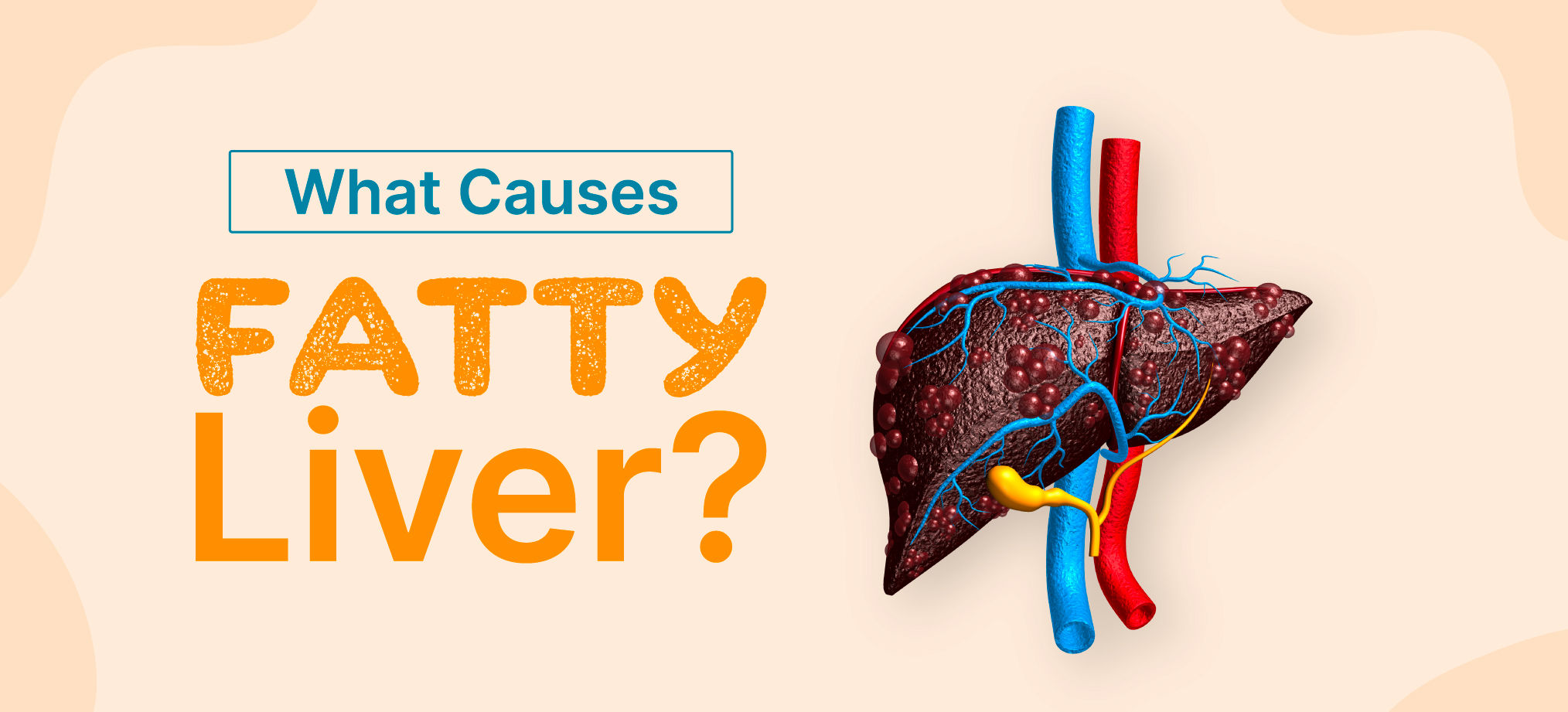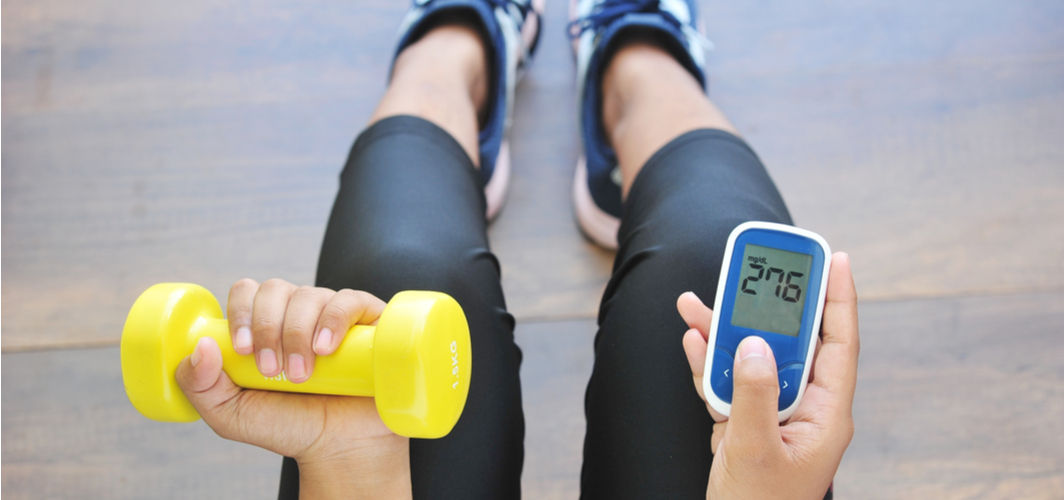General Health
How to Increase Hemoglobin: Understanding the Causes of Low Hemoglobin and How to Fix It
7 min read
By Apollo 24|7, Published on - 20 February 2025
Share this article
0
0 like
%20(1).jpg?tr=q-80)
Haemoglobin is an essential protein in red blood cells that carries oxygen from the lungs to the body's tissues. When haemoglobin levels are low, it can result in health problems, as organs and tissues may not get enough oxygen to function effectively. This condition, often linked to anaemia, can lead to symptoms like fatigue and weakness and may cause more serious complications if not addressed. It is important to be aware of the causes, symptoms, and treatment options for low haemoglobin to manage this condition properly.
What is Haemoglobin?
Haemoglobin is an iron-containing protein found in red blood cells that gives them their red colour. It is essential for transporting oxygen throughout the body. Each molecule of haemoglobin binds to oxygen in the lungs and releases it to tissues, ensuring that all organs receive the necessary oxygen for proper function.
Haemoglobin levels are expressed in grams per decilitre (g/dL), with typical reference ranges as follows:
- Men: 13.8 to 17.2 g/dL
- Women: 12.1 to 15.5 g/dL
- Children: 11 to 15 g/dL
- Newborns: 14 to 24 g/dL
What Happens When Haemoglobin Levels Are Low?
When haemoglobin levels are low, the body struggles to transport oxygen efficiently. This can manifest as various symptoms, such as fatigue, weakness, shortness of breath, and dizziness. In more serious cases, it may impair cognitive function, lead to irregular heartbeats, or result in critical complications like organ damage. Additionally, low haemoglobin can point to underlying issues such as nutritional deficiencies, chronic conditions, or bone marrow disorders.
What Are Dangerously Low Haemoglobin Levels?
When haemoglobin levels drop below specific thresholds, it can pose a medical emergency. Levels considered dangerously low are typically:
- Below 8 g/dL: At this point, individuals may face severe weakness, pale skin, and trouble breathing. Immediate medical care is essential to avoid complications.
- Below 5 g/dL: This level is critical and requires urgent treatment, as it can lead to heart failure, organ damage, or potentially be fatal.
What Causes Low Haemoglobin?
Low haemoglobin levels, often referred to as anaemia, can result from several factors. Here are some common causes:
- Significant Blood Loss: Major blood loss from surgery, trauma, or heavy menstruation can reduce haemoglobin as red blood cells are lost faster than they are replaced.
- Nutritional Deficiencies: Lack of iron, vitamin B12, and folate hinders red blood cell production, leading to lower haemoglobin levels.
- Kidney Disease: Impaired kidney function reduces the production of erythropoietin, a hormone essential for red blood cell production.
- Hypothyroidism: An underactive thyroid can slow red blood cell production, contributing to low levels.
- Thalassaemia: This genetic disorder affects normal haemoglobin production, resulting in lower levels.
- Lung Diseases: Chronic conditions like COPD can impair oxygen exchange, reducing haemoglobin.
- Excessive Smoking: Smoking increases carbon monoxide, which binds to haemoglobin, limiting oxygen transport.
- Alcohol Consumption: Chronic alcohol use can disrupt nutrient absorption and damage bone marrow.
- Pregnancy: Increased blood volume can dilute haemoglobin, while higher nutrient demands may lead to deficiencies.
Bone Marrow Disorders: Cancers like leukaemia can disrupt red blood cell production. - Genetic Conditions: Sickle cell anaemia causes abnormal red blood cell shape, leading to faster breakdown and chronic anaemia.
Signs and Symptoms of Low Haemoglobin
Low haemoglobin levels can lead to various signs and symptoms, including:
- Rapid or Irregular Heartbeat: The heart compensates for low haemoglobin by working harder
- Fatigue: Insufficient oxygen results in tiredness and decreased energy
- Frequent Bruising: Low platelet counts can lead to easy bruising without injury
- Shortness of Breath: Difficulty meeting oxygen demands, especially during exertion
- Liver and Kidney Strain: Chronic low haemoglobin can stress these organs
- Pale Skin and Gums: Reduced blood flow and oxygenation cause noticeable paleness
- Muscle Weakness: Decreased oxygen supply leads to reduced endurance
- Headaches: Insufficient oxygen to the brain may cause frequent headaches
- Dizziness: Light-headedness, especially when standing up quickly
- Loss of Appetite: Can be both a symptom and a contributing factor
- Severe Anaemia: Worsening symptoms can lead to serious health issues
How are Haemoglobin Levels Tested?
Haemoglobin levels are commonly evaluated through a simple procedure called a complete blood count (CBC). During this test, a small sample of blood is taken from a vein, usually in the arm. The CBC provides measurements of haemoglobin levels along with other key components, including red blood cell count, white blood cell count, and platelets. For individuals with ongoing health issues, healthcare providers may suggest regular haemoglobin testing to keep track of their condition.
Treatment for Low Haemoglobin
Treatment options for low haemoglobin include:
- Iron Supplements: For iron deficiency
- Vitamin Supplements: For vitamin B12 or folate deficiencies
- Blood Transfusion: For severe cases or significant blood loss
- Medications: Such as erythropoietin to boost red blood cell production
- Manage Underlying Conditions: Address issues like kidney disease or cancer
How to Increase Hemoglobin Levels?
Knowing how to increase hemoglobin levels can significantly enhance your well-being. Here are effective strategies and dietary suggestions to help achieve this:
1. Strategies to Boost Haemoglobin
Understanding how to increase hemoglobin naturally involves making key lifestyle and dietary changes.
1. Incorporate Iron-rich Foods: Include sources of iron such as meat, poultry, fish, legumes, beans, and dark leafy greens in your diet to raise both iron and haemoglobin levels.
2. Add Vitamin B12 and Folate: Consume dairy products, eggs, and fortified foods to boost your intake of vitamin B12 and folate, essential for haemoglobin production.
3. Enhance Iron Absorption: To improve iron absorption, pair iron-rich meals with fruits and vegetables high in vitamin C. Avoid calcium-rich foods during these meals, as calcium can interfere with iron absorption.
4. Limit Coffee and Tea: Reduce the intake of tea and coffee around mealtimes to avoid compounds that inhibit iron absorption.
5. Engage in Regular Exercise: Regular physical activity encourages the production of red blood cells, which is crucial for maintaining healthy haemoglobin levels.
6. Stay Hydrated: Proper hydration is important for maintaining blood volume and circulation, which can support haemoglobin levels.
7. Prioritise Quality Sleep: Aim for sufficient, restful sleep to facilitate the body's natural processes involved in haemoglobin production.
8. Consider Supplements: If your haemoglobin levels remain low, consult a healthcare professional about iron, vitamin B12, and folate supplements.
2. Foods to Boost Haemoglobin Levels
A nutritious diet is essential when considering how to increase hemoglobin levels. Including specific foods in your diet can naturally enhance haemoglobin levels:
- Pomegranate: Contains iron, vitamin C, and antioxidants
- Dates: Rich in iron, vitamin B6, and magnesium
- Beetroots: High in folate, iron, and vitamin C
- Legumes: Great sources of iron and folate, including lentils, chickpeas, and beans
- Pumpkin Seeds: Provide iron, zinc, and magnesium
- Watermelon: Contains iron and vitamin C for better absorption
- Moringa Leaves: Nutritious with iron and vitamin C
- Raisins: Good sources of iron and vitamins
- Sesame Seeds: Rich in iron and zinc
- Spinach: Packed with iron, vitamin C, and folate
- Fortified Cereals: Many are enriched with iron and essential vitamins
- Fish: Oily varieties like salmon and mackerel are rich in iron and vitamin B12
- Nuts and Seeds: Almonds, walnuts, and chia seeds are nutrient-dense
- Dark Chocolate: Contains iron and antioxidants
- Spirulina: A highly nutritious algae that is rich in iron and protein
- Red Meat: Beef and lamb provide easily absorbed heme iron
- Eggs: Good sources of iron and protein
- Citrus Fruits: High in vitamin C, aiding iron absorption
- Chicken: Dark meat is a valuable source of heme iron and protein
- Green Leafy Vegetables: Kale and Swiss chard are packed with iron and vitamins
Incorporating these foods into your diet, particularly alongside those high in vitamin C, can effectively support the increase of your haemoglobin levels.
Conclusion
Haemoglobin plays a crucial role in transporting oxygen throughout the body, making its levels vital for good health. With anaemia becoming increasingly common, it’s crucial to understand how to increase hemoglobin and maintain optimal levels. By understanding what constitutes normal levels and being aware of the symptoms, you can take proactive measures to enhance your haemoglobin through dietary and lifestyle changes. Regular blood tests and consultation with a healthcare professional for low haemoglobin are essential to avoid complications.
If you notice any symptoms, reach out to a healthcare provider to discuss the best options for your situation. Taking care of your haemoglobin health is essential for maintaining overall well-being.
General Health
Leave Comment
Recommended for you

General Health
Can A Simple CBC Test Determine Common Blood-Related Diseases?
A complete blood count (CBC) test can help detect various disorders and conditions by measuring the strength and other aspects of different types of blood cells.
_0.jpg?tr=q-80)
General Health
How to Lower Prolactin: Effective Ways to Manage Elevated Levels
Discover effective ways to lower prolactin levels through medical treatments, lifestyle changes, diet, and stress management. Learn about symptoms, causes, and treatment options.

General Health
Fatty Liver: What Is to Be Blamed, Fats or Carbs?
If you are diagnosed with fatty liver, the rest of your life goes into balancing the fat and carb portion in your diet. Go through this blog to learn the function of carbohydrates and fats, their contribution to fatty liver, and most importantly, some tips to reverse NAFLD.
Subscribe
Sign up for our free Health Library Daily Newsletter
Get doctor-approved health tips, news, and more.
Visual Stories

The Best Exercises for Controlling Blood Sugar Levels
Tap to continue exploring
Recommended for you

General Health
Can A Simple CBC Test Determine Common Blood-Related Diseases?
A complete blood count (CBC) test can help detect various disorders and conditions by measuring the strength and other aspects of different types of blood cells.
_0.jpg?tr=q-80)
General Health
How to Lower Prolactin: Effective Ways to Manage Elevated Levels
Discover effective ways to lower prolactin levels through medical treatments, lifestyle changes, diet, and stress management. Learn about symptoms, causes, and treatment options.

General Health
Fatty Liver: What Is to Be Blamed, Fats or Carbs?
If you are diagnosed with fatty liver, the rest of your life goes into balancing the fat and carb portion in your diet. Go through this blog to learn the function of carbohydrates and fats, their contribution to fatty liver, and most importantly, some tips to reverse NAFLD.